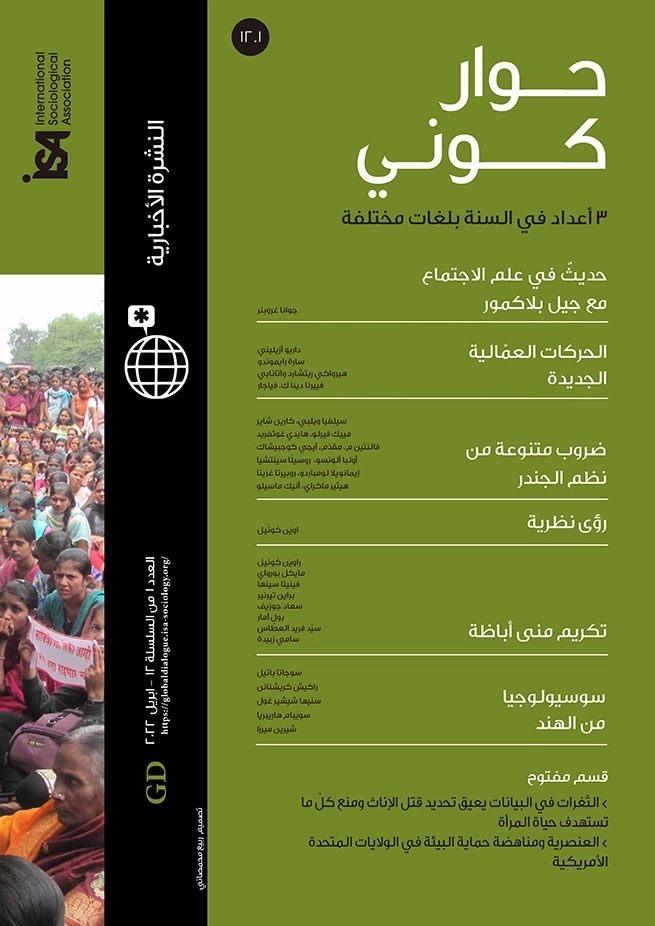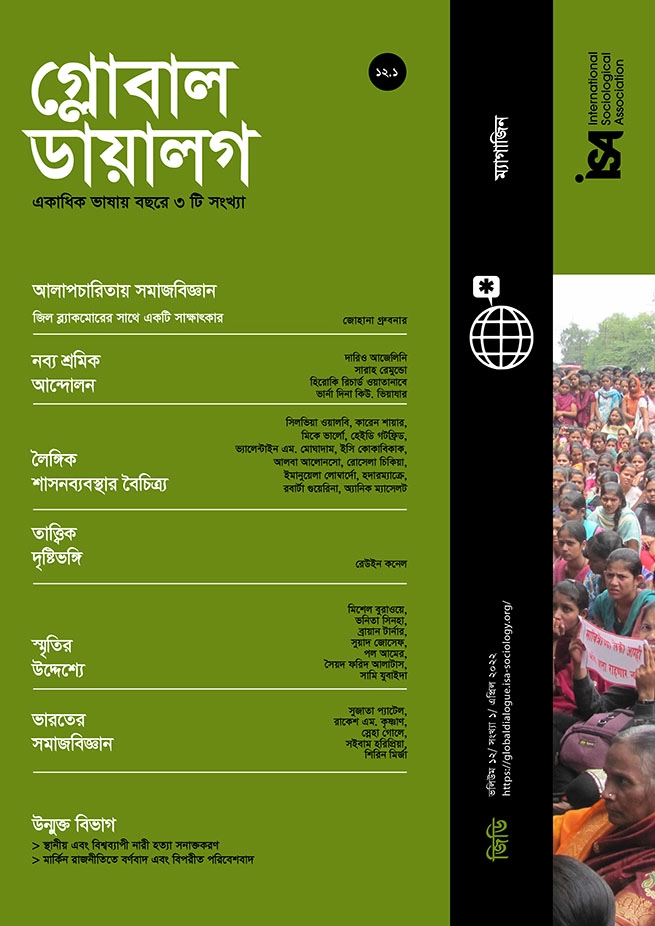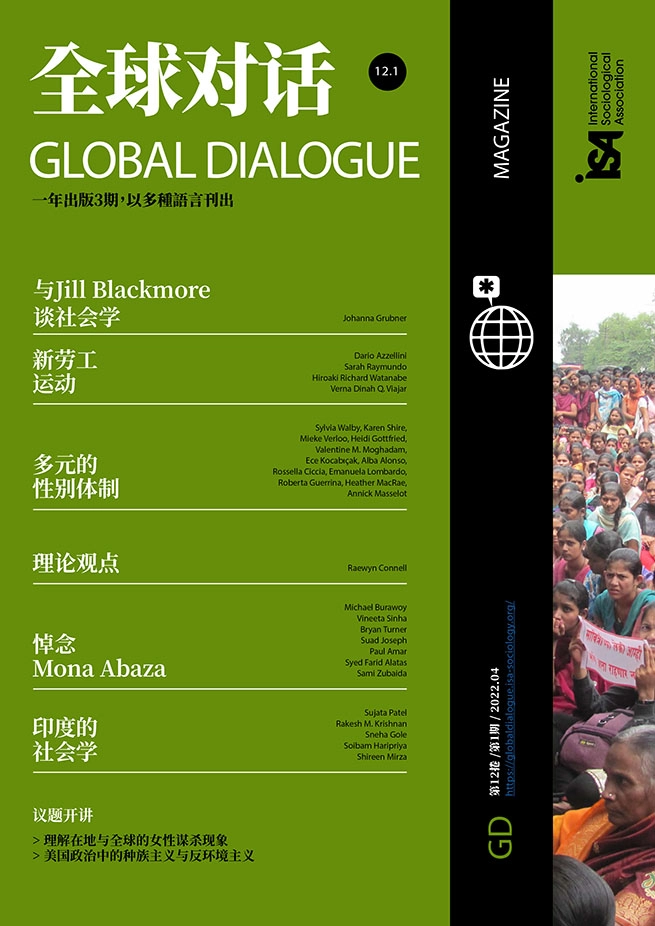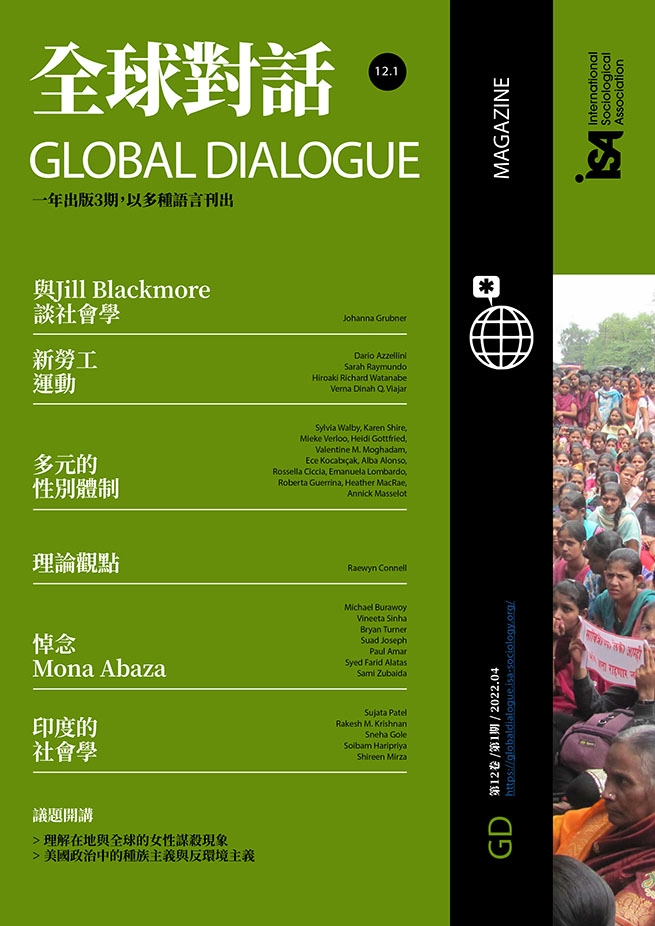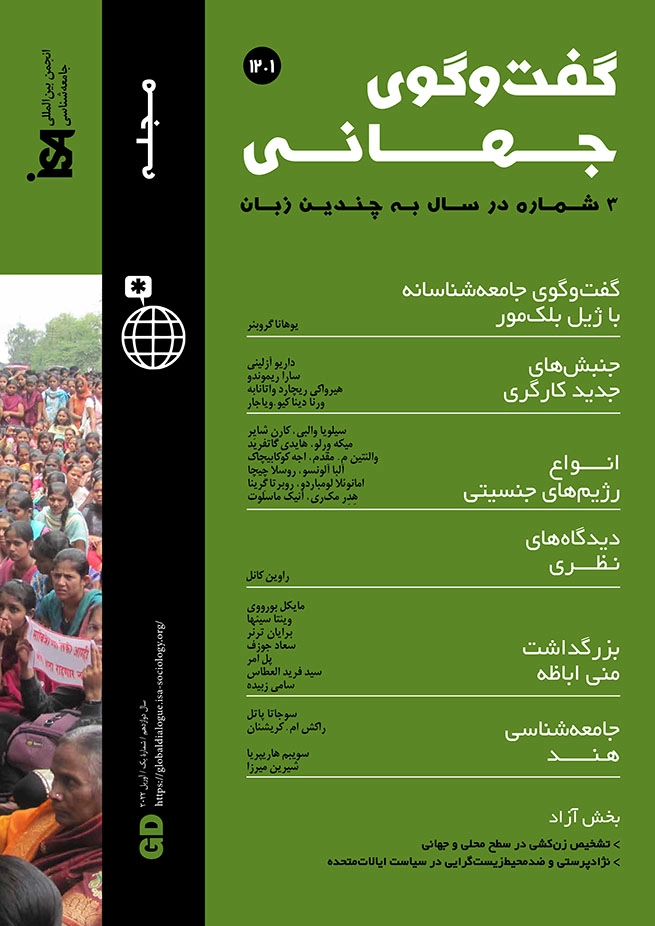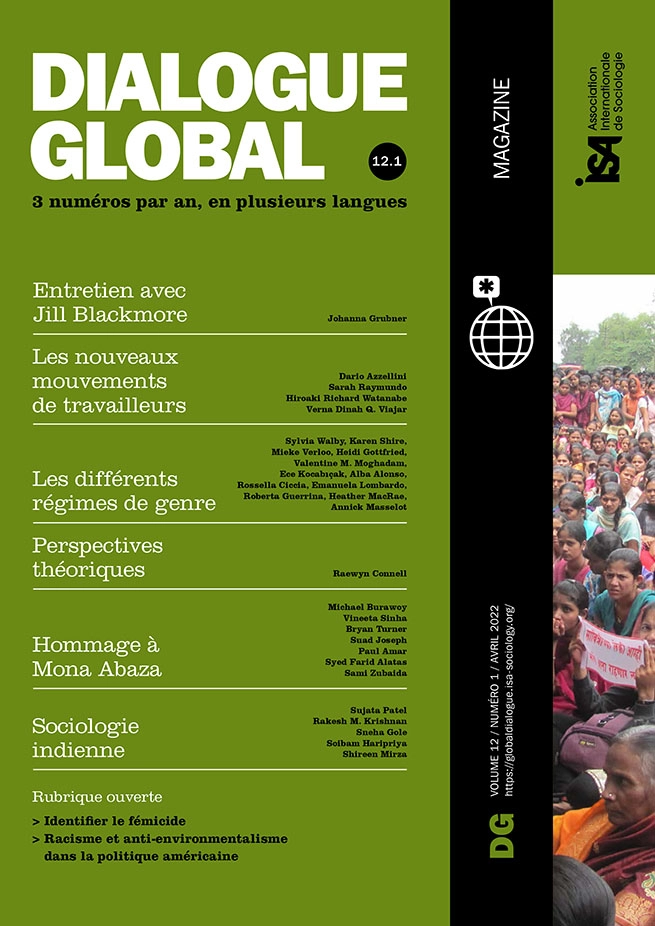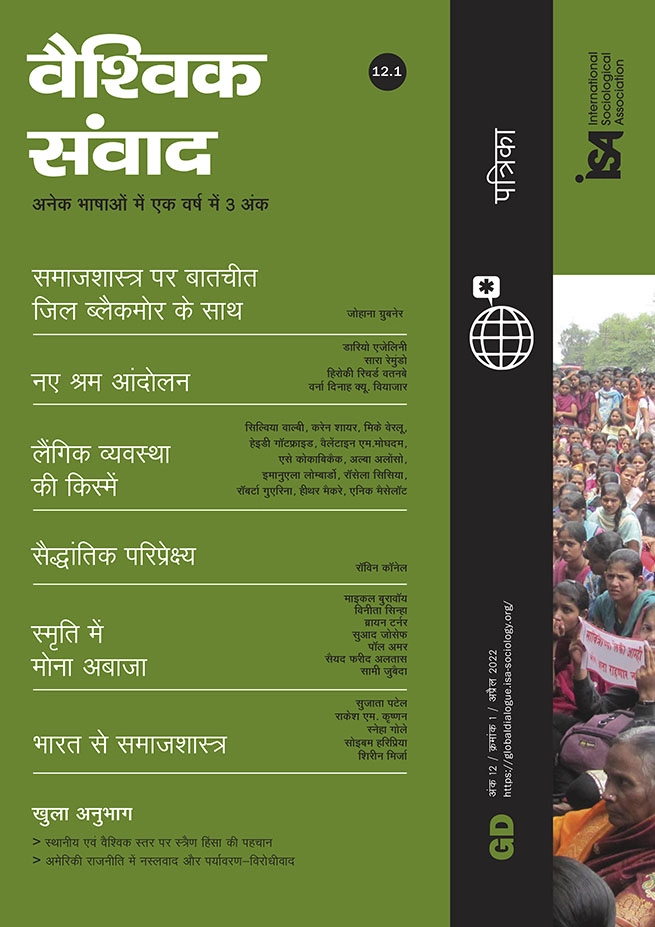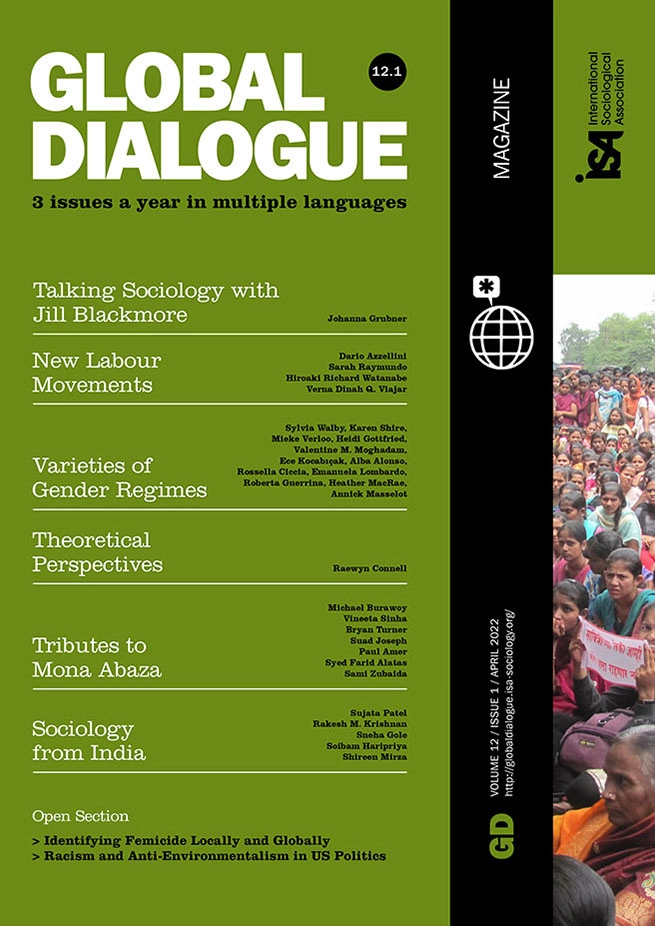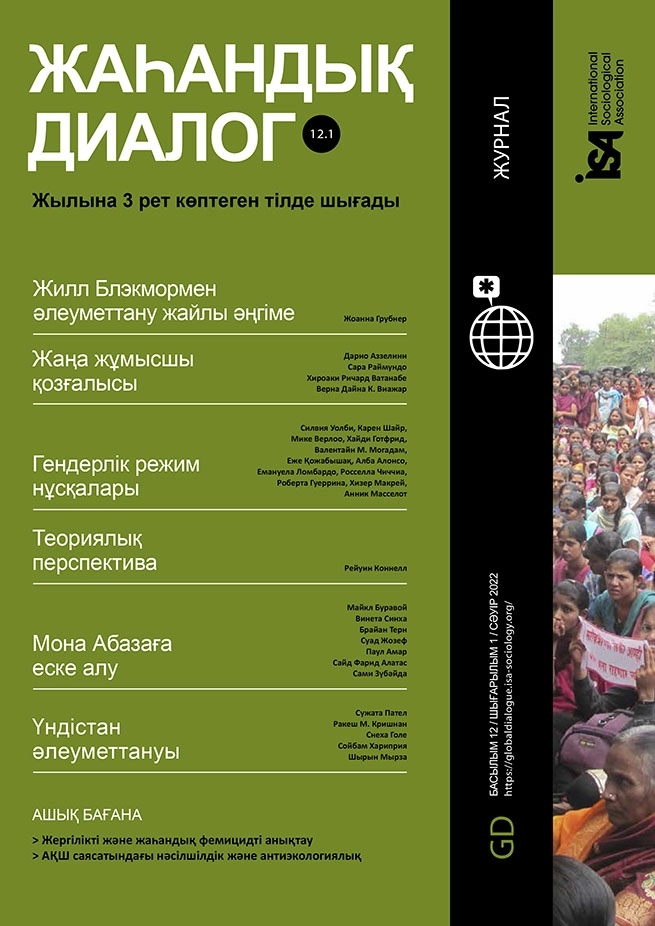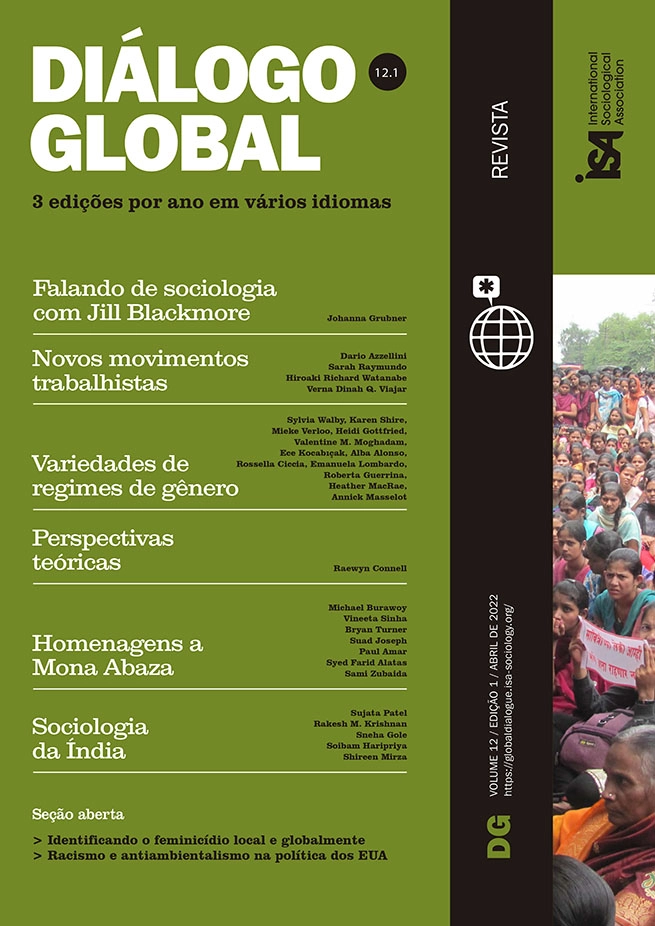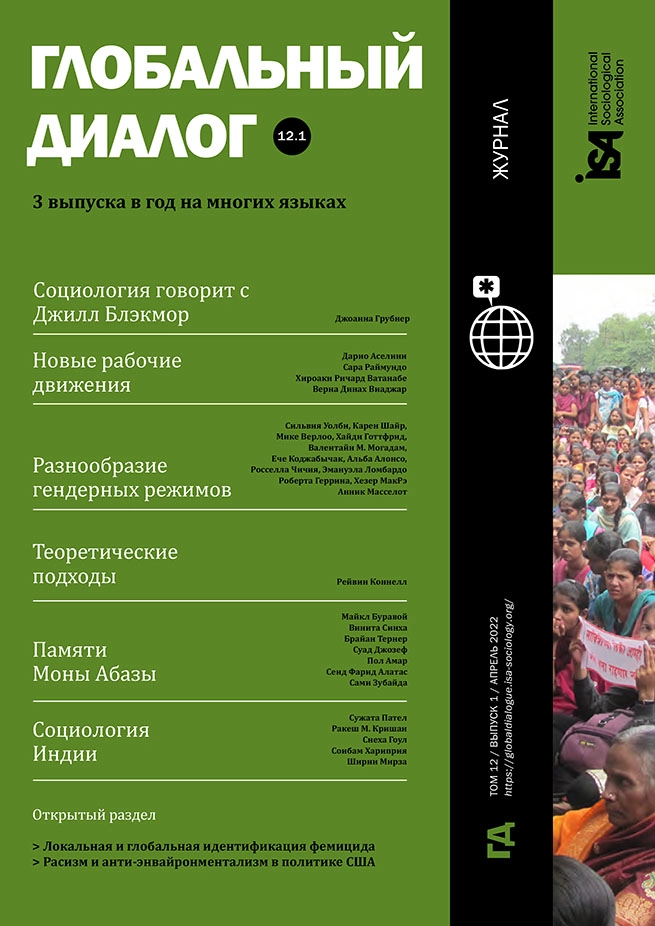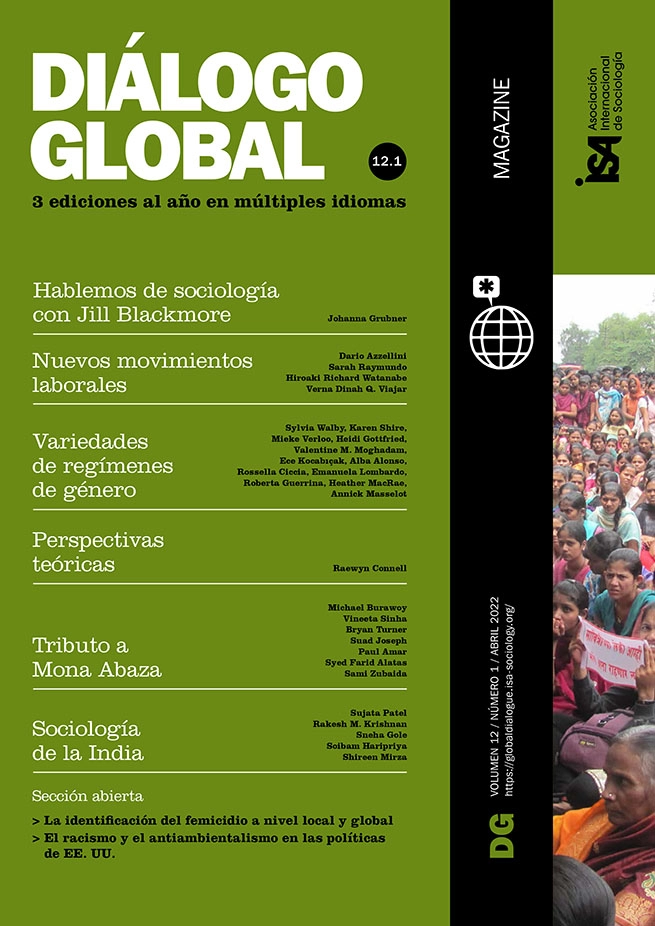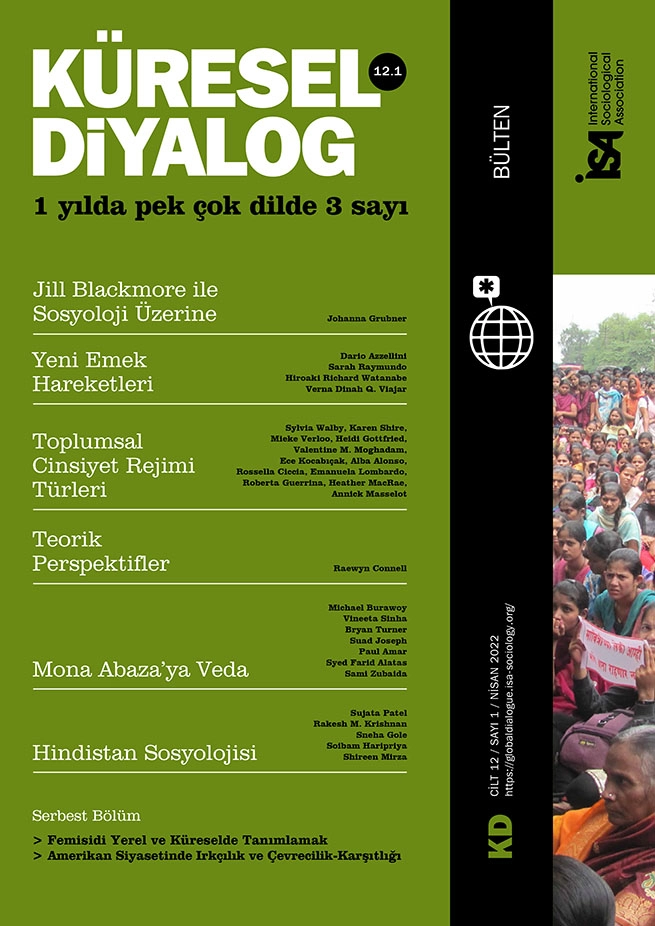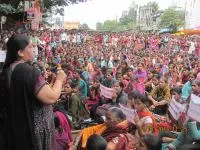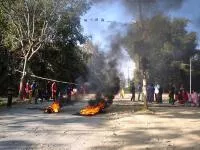Introduction: New Directions in Indian Sociology

February 25, 2022
Sociological knowledge in India has been closely associated with the political projects of colonialism and nationalism. However, since the 1980s and 1990s, two sets of processes have triggered individuals and groups to adopt a new language of rights and question the conception of passive citizenship articulated by the Indian state. At one level, there has been the growth of social movements of women, tribes, lower castes, and ethnic groups, and regional movements of self-determination and sub-nationalism as well as insurgencies in Kashmir and the Northeast of India; and at the other level, there has been the consolidation of Hindu majoritarianism.
These developments have had an impact on sociological thinking as cracks appeared in the content of established sociological principles dictated by ethnography. A new generation of scholars has moved beyond the debate in India around indigenous sociology versus western sociology to reframe research questions, perspectives, and methods of study. They ask what sociology is, and whether it can continue engaging with colonial and nationalist methods such as ethnography to comprehend the Indian “social.” If not, what new methods can be used? Can these methods foster comparative assessments? Lastly, what is sociology’s relationship to those who are exploited, discriminated, and excluded, not only in India but across the world?
The four papers presented in this special section on Indian sociology are part of this endeavor to rethink the ways to comprehend the new “social” being constituted in India. These papers interrogate the contemporary processes of modernity promoted by the Indian nation-state. They explore the cleavages and conflicts that these have generated, which have led to overt and covert practices of violence targeting subaltern groups and affected trust between individuals within and between these groups. The papers deliberate on the limitations and constraints that the authors have faced in applying ethnography as theory and method. They present their doubts and queries, and attempt to fashion new concepts and reflection on theories and methods to help answer their research queries and thereby comprehend the complex processes of change occurring in the country.
Rakesh Krishnan suggests that the principle of duality dictated colonial and post-independence policies regarding tribes - social groups living in the heartland of India. On the one hand, the colonial and later the nationalist states identified tribal groups in terms of administrative territories called scheduled districts to protect their cultures from mainstream “civilized” and “settled” peasant regions. On the other hand, a belief in linear change and development led these regimes to introduce programs to mainstream these groups into civilized and modern arenas. This duality has led to the growth of conflicts and contradictions and the assertion of sovereign rights by tribal movements. To engage with this paradox, Krishnan suggests the use of the concept of frontiers. He argues that a study of central India is messy, and only a historical approach can help sociologists assess the dialectic between the state and its people and unravel the conflicts, contradictions, and messiness of this encounter.
Unlike ethnographers/anthropologists of tribes, who supported colonial and nationalist policies that advocated duality, sociologists doing gender studies have - since the late 1970s - abandoned ethnography for a historical understanding. Sneha Gole argues that this approach allowed feminist studies in India to interrogate and destabilize in radical ways the way “women” have been perceived in colonial and nationalist frames and in the early conceptualizations of the women’s movement in India. The introduction in the 1990s of the debate on intersectionality has furthered this rethinking. Gole discusses her use of the life narrative method, and insights from memory studies, to understand how three generations of feminists reassess their lives through an intersectional perspective, reinterpreting their earlier activist interventions. She argues that their assessments articulate ways in which class, caste, sexuality, disability, and region intersect and frame their feminist identity. These life narratives, she argues, have provided a conceptual apparatus for how to comprehend intersectionalities in the Indian context.
The next two papers debate ways to use ethnography in new contexts and with new perspectives. In the northeastern region of India, whose population was (once again) identified as tribes by the British, there has been a long history of insurgent movements. As these continued after India became independent, the new state-imposed martial law, the Armed Forces Special Powers Act, gave the military the powers to govern the region, making the people living in this region subjects rather than citizens. Thus, Soibam Haripriya asks: what does this context bring to the way we practice sociology as ethnography? Increased confrontations between the military and the insurgents lead to a trust deficit and confusion in recognizing collaborators. In addition, the indiscriminate killings based on mere suspicion render the sociological field rife with rumors and foster mutual distrust. Soibam argues that this fraught context offers a major challenge even to a native/insider sociologist, a member of the same ethnic/tribal group. In this context, she asks, how can a sociologist wanting to analyze the ways in which violence affects social relationships do research? Soibam reflects on the methodology of doing fieldwork in violent sites and argues that a foray into literary texts helps comprehend the context more graphically than the field as defined by ethnography.
The last paper in this section is by Shireen Mirza, who suggests that ethnography can help to comprehend the way caste ideology intersects with modernity. Her ethnographic work focuses on the urban sanitation system in modern India as governmentalizing caste pollution. Her study is about Mumbai’s sanitation system, where the Municipality has recruited ”polluted” castes, lowest in the caste hierarchy, to pick and clean waste: cleaning, sweeping, slaughtering, and removing refuse. She suggests that the concepts of stigma and caste labor help comprehend the present context wherein those who work in this laboring activity get signified by pollution. She takes the case of Dalit Muslim and Dalit Hindu waste-pickers to show crosscutting identities of caste and religion. This ethnographical work makes her interrogate the colonial understanding that divided Hindu castes from other minorities. Destabilizing existing and received notions, Mirza describes bodily histories of caste and stigma in Mumbai’s municipal solid waste management department. Her ethnography reveals ways in which the stigmatized body is produced as a receptacle of the materiality of caste and is configured in relation to particular objects.
These papers highlight the nuances that need to be assessed to build “good practices” in sociological thinking. They argue not only for a reflexivity that can assess the politics of knowledge production and its circulation, but also affirm the relevance of scientific assessments to comprehend the contemporary and to relate it to the concerns of humanity.
Sujata Patel, Umea University, Sweden, member of ISA Research Committees on History of Sociology (RC08), Urban and Regional Development (RC21), Conceptual and Terminological Sociology (RC35), Historical Sociology (RC56), and board member of RC08, <patel.sujata09@gmail.com>

